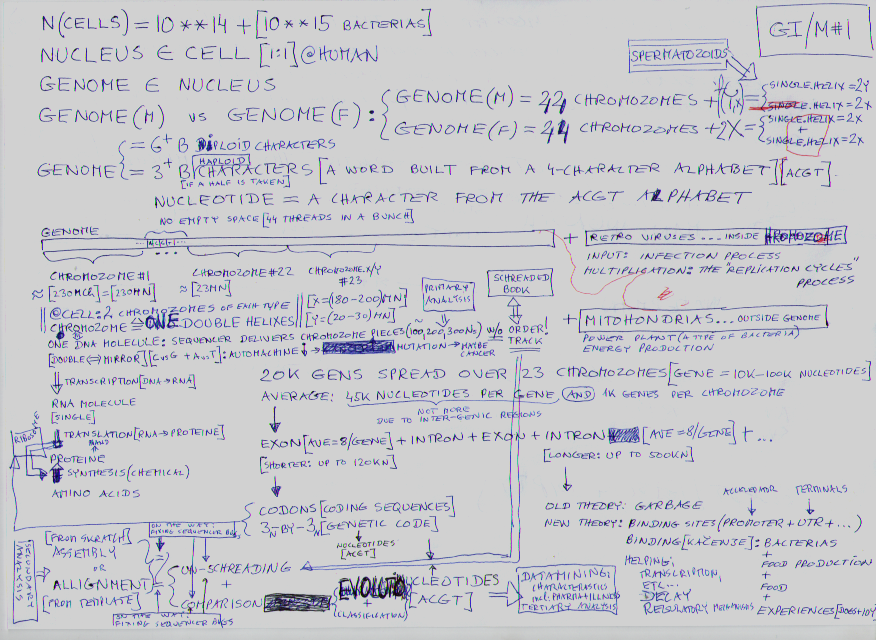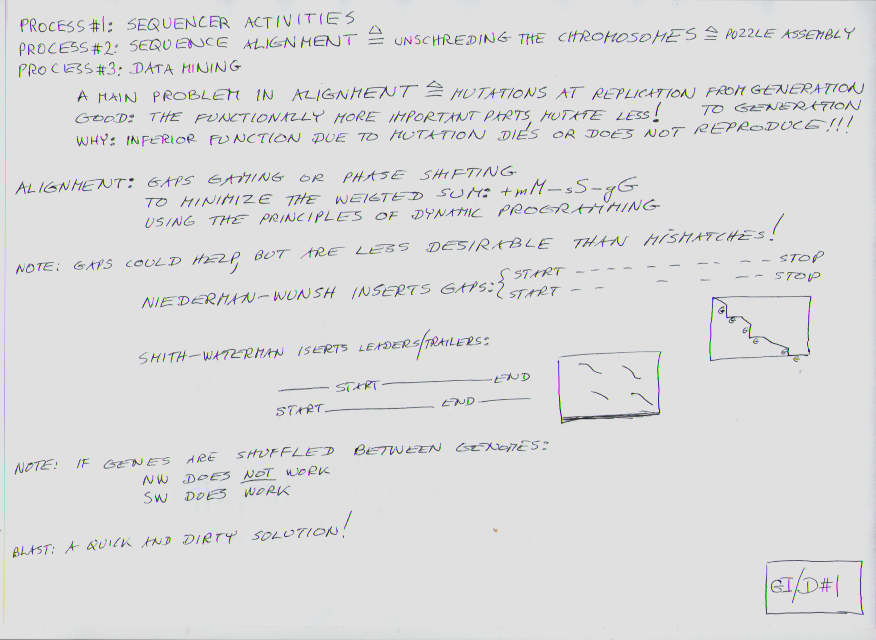Assume the following scenario:
For n persons with some disease
(n = 1000s; test group),
for each one you have string of Z characters
(Z is billions),
from an alphabet with four letters
(A, C, T, G).
Assume that you have the same or another n persons,
without this disease
(verification group).
What is the probability that you find easily
the ACTG pattern
which appears in all causes of the test group,
and in no case of the verification group?
Isn't it easier to find a needle in a hay stack?
Actually, this refers to the tertiary analysis.
However, before the tertiary analysis,
one has to do first the primary analysis,
which is related to the sequencer activities, and
secondary analysis, which refers to alignment or assembly.
In other words:
The primary analysis is shredding the book of life,
the secondary analysis is un-shredding the book back, and
the tertiary analysis is finding the hidden knowledge.



